View my unit plan here
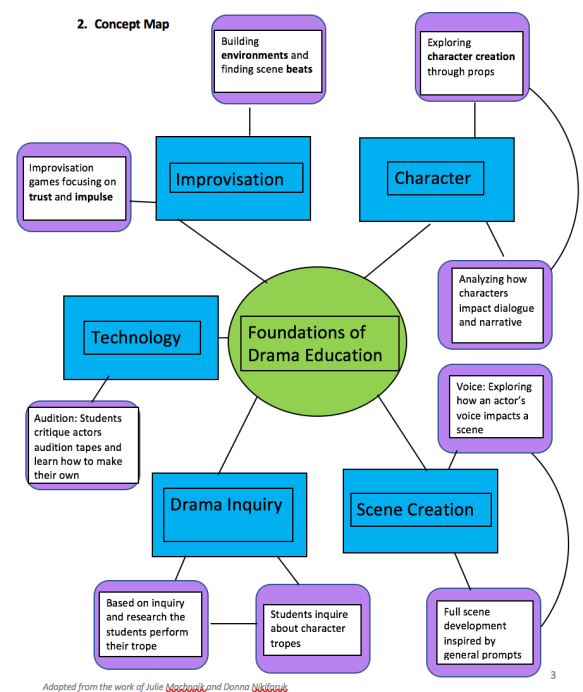
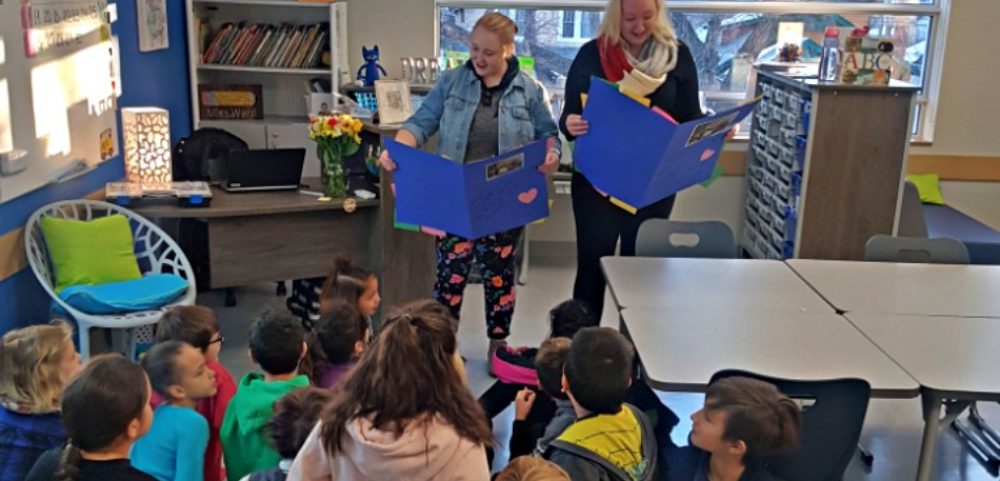
Today was the last week of pre-internship at Connaught school and I am completely heart-broken. I have had the absolute best experience I could have ever wished for. Jill was such a terrific co-op teacher, she modelled teaching in a way that completely inspired me. Although the kids and I went through some ups and downs I love each of them so very much. The kids made Brooke and I two huge cards with thank you messages. I nearly cried because everyone was so sweet and so sad to see us go. In my final refection I will reflect on my time as a whole, but today made me really appreciate how lucky I was for being placed with this amazing group.
What went well?
For today’s lesson I was back teaching math which is where I am the most comfortable. We were working on double-digit addition, and since it was the last day I thought it would be fun to use candy to build equations. Each student got pull and peel twizzlers for their tens, and skittles for their ones. I made a deal with them that if they work hard during the lesson and built eight equations, when the bell rang they could eat their candy. This worked so well. I was really nervous that the kids would eat their candy right away and not be able to do the activity, but every single kid finished their equations before eating. I was blown away with how much they respected my rules, and how engaged they were with the actual math. Some created very basic questions so they could hurry and eat their candy, where as others challenged themselves to create difficult questions to build with their candy. I was so fine with it either way, I was just happy they were doing math! I was calm and collected, I gave strong easy to follow instructions, and my tone of voice was engaging and regulated. I am so proud of the amount I have grown as a teacher with this group. I loved every second of today’s lesson.
What did not go so well?
I am still feeling on top of the world from today’s lesson. However one thing I missed is that I did not give them enough candy. In my head I thought they only needed 9 twizzlers for the tens, and 9 skittles for the ones. This made sense because to build a number they would never need more that 9 of each. However I forgot about the adding part when I was planning. They needed enough candy to build two numbers, and for larger numbers they did not have enough. One student brought this concern up to me and it was something I had not thought of at all. It all worked out and we managed just fine, but I would give the students more candy if I were to teach this lesson again.
Room for improvement?
I think both Brooke and I will continue to work on our classroom management in our internships to come. Although the class is so much better than when we first started, we still struggle with transitioning from one activity to another. I personally need to work on giving complete instructions before dismissing the students to their activities. If they were clear on what the task was, they would not feel the need to get up and visit their friends to talk and ask questions. Again, I have improved on this so much since day 1, but I think there is still lots more opportunity for growth.
I will discuss this more in my final reflection, but thank you to the lovely Jillian Ward for giving Brooke and I the absolute best experience ever. I am forever thankful. I will miss these kids SO MUCH!
This week I got to teach Art again and I was very excited because I used a version of my lesson that included Indigenous content. I was mostly excited because I love all Inuit stories about the Northern Lights and I wanted to share them with the class. I had two small projects for the kids, one that was a chalk rubbing, and the other that used crayon and watercolour paint. Again today I had the best experience with the group and I am getting so sad that we are in the final weeks. I got to teach with Jill’s microphone today which was a strange experience, but working amazingly well! It is odd to hear yourself talk in a small space, but it improved my tone of voice 1000%.
What went well?
I have struggled teaching Art in the past because it is an hour in the afternoon. Afternoons are really difficult for our group so I knew classroom management would be very important. I started the class by doing some breathing exercises, I had seen Jill model this technique the week before and it worked great. I then read the class a story which again kept them calm after lunch recess which is just what they needed. I made sure to play a game of Simon Says after the book was over because I knew they would not be able to sit through the instructions after sitting through the whole story. This proved to work extremely well. The students stayed engaged for the entire carpet time which was an amazing accomplishment! The Art activity itself was lots of fun and the students had a great time creating their Northern Lights.
What did not go so well?
All in all the lesson went really well. One thing that did not go amazing was that I over planned. I should not have given the students two picture options. When I was writing it all down on paper I did not think it would take the whole time, then in the end I over planned. Some kids did not get the full instructions and became frustrated when they were unable to finish.
What can I improve on?
I still need to improve on giving directions. Most students knew what to do, but I ended up answering way too many questions when they should have been working. I need to make sure I double-check that everyone understands before sending them back to their desks. I also got a note from Jill to save time so the students can share their work. I was super impressed with all their creations, but over planned and had no time to share. I think the closure would have been a lot more effective if the students got a minute to show each other their work.
Finally, I loved working with the microphone today. I was able to stay calm and keep my voice at a relatable level. I think the students appreciated my voice on the mic and they were all willing to listen and be engaged. I had another great week, I am really beginning to love the 2/3 leaders. Working with them is such a learning experience, but they are amazing kids and I will be so so sad to leave.
Candy Math!
Lesson Time Required: 45 min
Grade Level-Strand-Conceptual Focus: Grade 2 Math
Key Inquiry Question:
How can we use candy as a fun resource to practice our double-digit math equations?
Required Resources and Materials:
Proposed Learning Outcomes & Indicators:
Outcome: N2.2
Demonstrate understanding of addition (limited to 1 and 2-digit numerals) with answers to 100 and the corresponding subtraction
Planned Learning Activities:
Set:
Development:
Closure:
Northern Lights
Lesson Time Required: 60 min
Grade Level-Strand-Conceptual Focus: Grade 3- Visual Art- Environment
Key Inquiry Question:
How can we use First Nations legends and stories to learn about the Northern Lights, then use that knowledge to create our own illustrations?
Required Resources and Materials:
Arts Education Goals Addressed:
Proposed Learning Outcomes & Indicators:
Outcome: CP3.7
Create visual art works that express ideas about the natural, constructed, and imagined environments.
Outcome: CP3.8
Create art works using a variety of visual art concepts (e.g., contour lines), forms (e.g., drawing, sculpture), and media (e.g., pencils, pastels, found objects).
Outcome: CR3.2
Respond to arts expressions that use the environment (natural, constructed, imagined) as inspiration.
Outcome: CH3.1
Compare how arts expressions from various groups and communities may be a reflection of their unique environment (e.g., North and South Saskatchewan, urban and rural).
Connections with Other Areas of Study:
Planned Learning Activities:
Set:
Development:
Closure:
Plans for Assessment:
For Teacher:
Place Value EXRAVIGANZA
Lesson Time Required: 45 Minutes
Grade Level: Grade 2/3 Math
Key Inquiry Question:
Pre-requisite Learning:
Required Resources and Materials:
Proposed Learning Outcomes & Indicators:
Outcome: N2.1
Demonstrate understanding of whole numbers to 100 (concretely, pictorially, physically, orally, in writing, and symbolically)
Planned Learning Activities:
Set:
Development:
Closure:
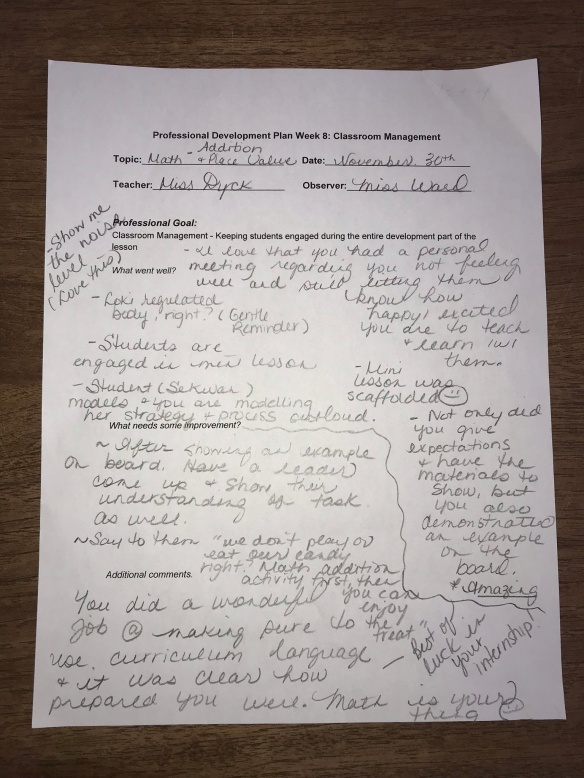
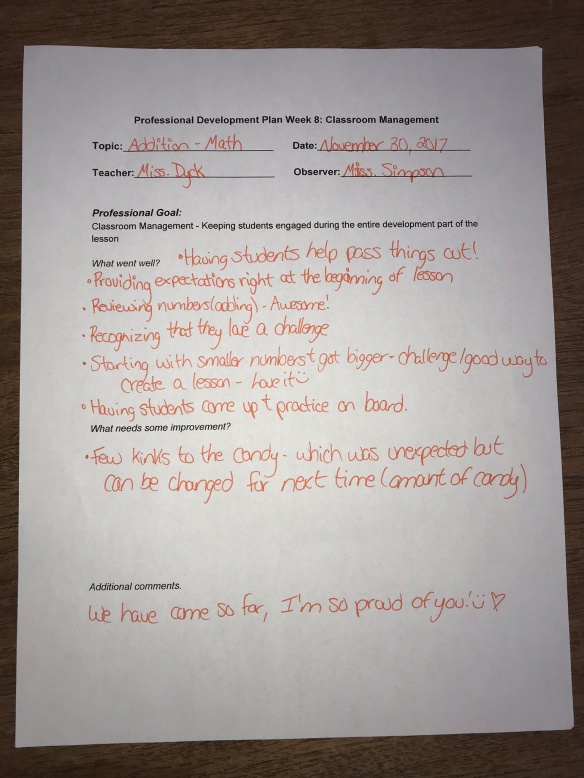
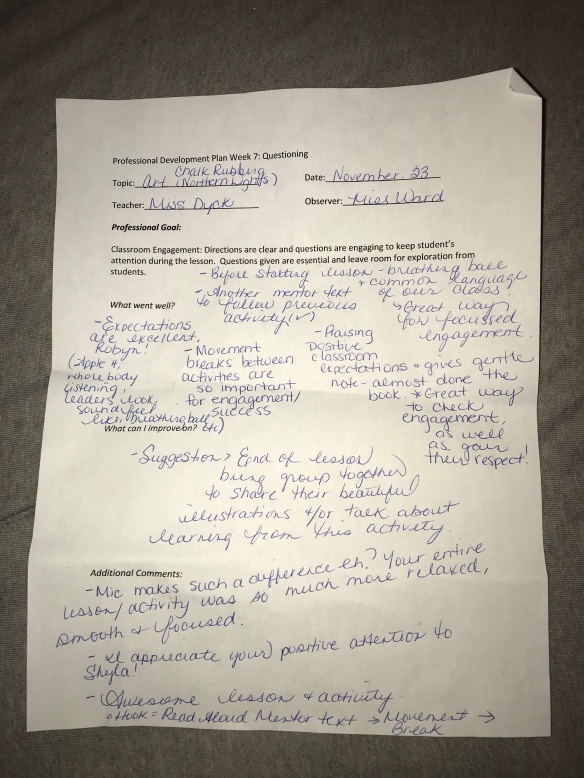
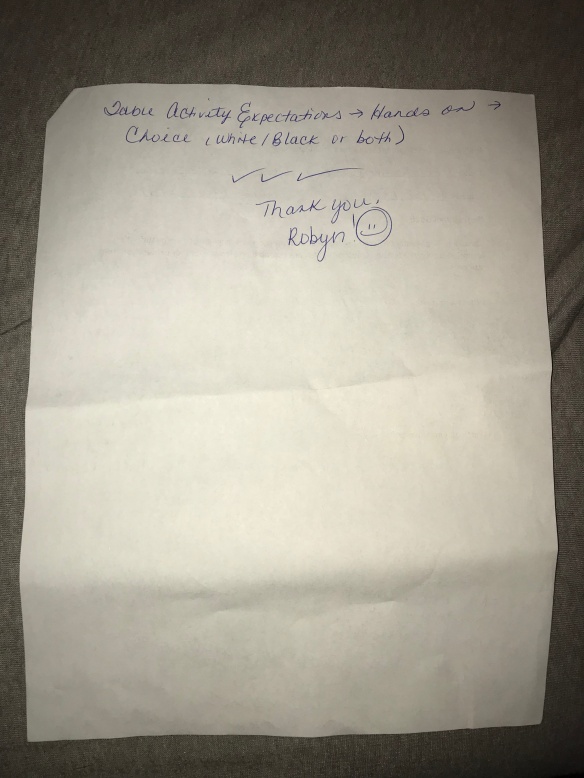
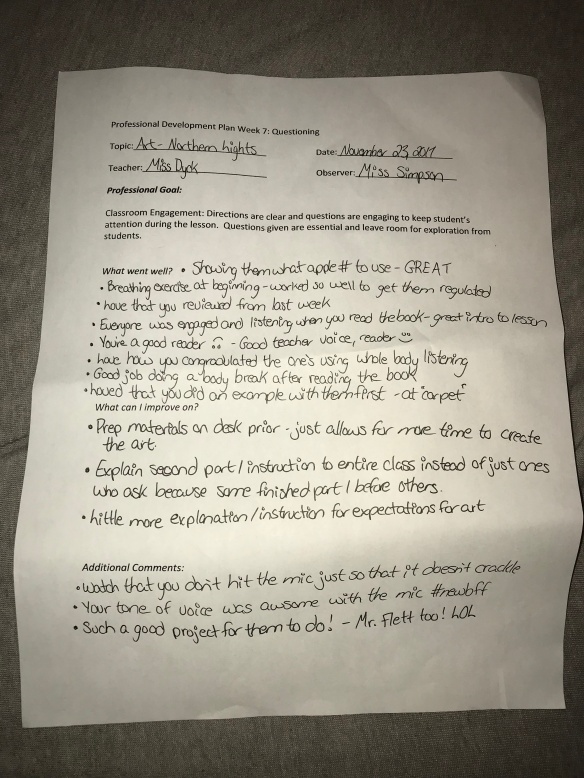
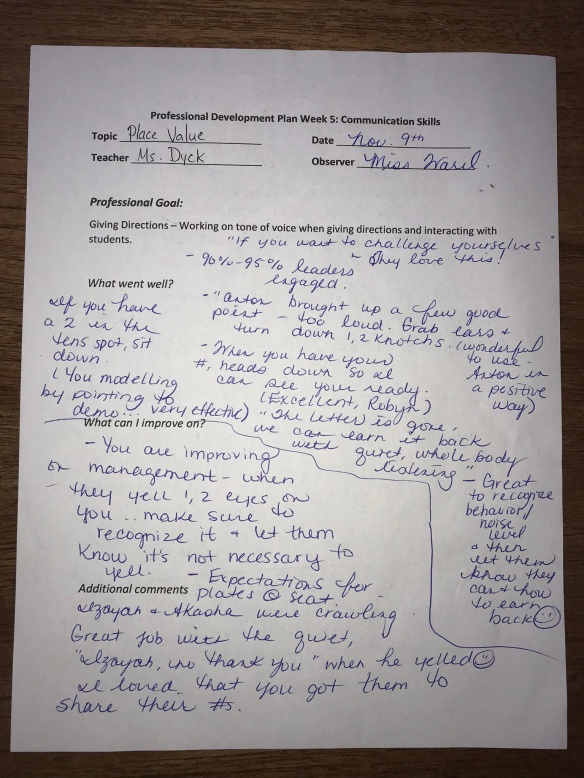
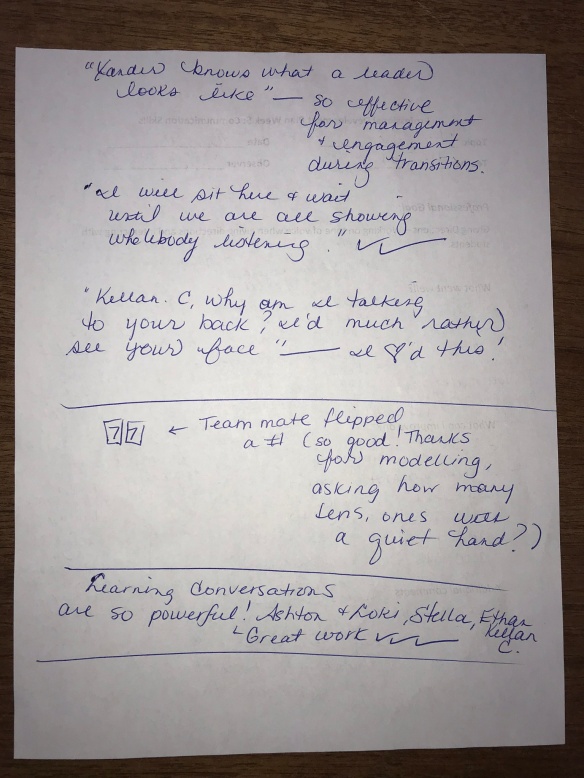
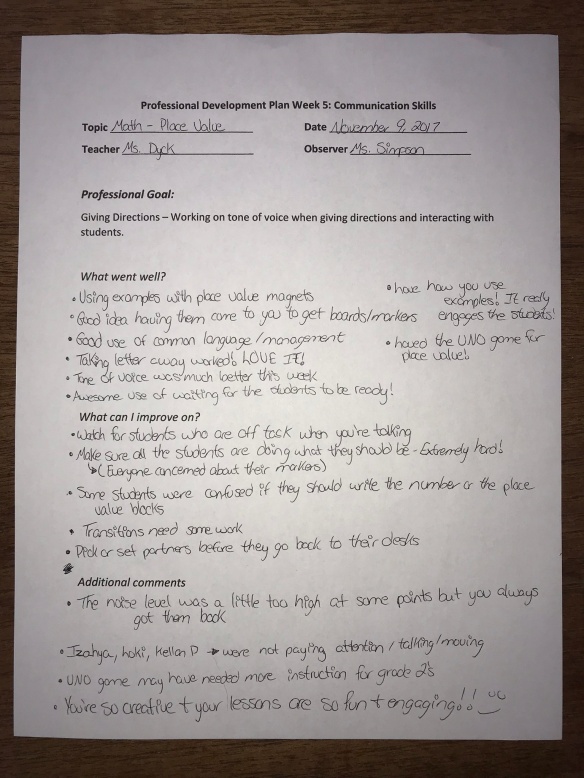
Over the weekend I completed my 20 hours volunteering with the program FYrefly in Schools. Since my last CBSL blog, I attended FYrefly’s volunteer training session that would enable me to present in schools. Sadly, we ran out of time to have any experience actually in schools, but I have still learned a lot.
In my last blog post I discussed learning about the different flags that represent gender and sexual identities. I continued to work with these flags through many hours of making buttons. Along with the flags, the buttons I made also had pronouns on them. There were buttons with he/him, she/her, and they/them on each of the different identity flags. Through spending many hours making hundreds of buttons I was able to learn about many different identities. I think it is so important for teachers to understand the wide variety of identities that will be present in their classrooms. People often joke about the “ABC’s of the LGBT’s” but it is honestly important to get to know them. There are many, but I think that proves just how diverse and different gender and sexuality can be. I hope I am able to make all of my future students feel comfortable with who they are, no matter which term best describes them.
In our training session I also learned about the difference between intersex and transgender people. I was shocked at how little I learned in school about these different identities. It would make sense that intersex bodies were discussed during sex-ed lessons, however I barely knew anything. I am honestly quite shocked at how little I am aware of sometimes. Since I came out, I have been doing a lot of research and reading about members of the LGBT+ community. I thought learning about others, would help me with my own journey. Even through actively searching for information, intersex people were new to me. It is insane to me that so many people would have no idea, or no understanding of intersex identities. I hope in the years to come there are some shifts in sexual education curriculum that may include not only gay and lesbian relationships, but also intersex and transgender people.
I also gained new information about the Two-Spirit community while I was at the FYrefly volunteer training. Two-Spirit is a term that is used by First Nations people who also fit into the LGBTQ+ community. I learned that Two-Spirited people have always existed in First Nations culture and communities. Nowadays, there are not as many people who identify as Two-Spirit and this has a great deal to do with colonialism and the religion that came with it. I always thought that Two-Spirit specifically related to bi-sexuality based on the name. However, this weekend I learned that the Two-Spirit community is made up of many different sexual orientations along with genders. One may identify as Two-Spirit as a whole identity, rather than a lesbian Two-Spirited person, if that makes any sense? I am still learning as well. I think discussing Two-Spirit identities is a way for classrooms to discuss both First Nations culture, along with the LGBTQ community. It is interesting to think of the possible changes to homophobia and transphobia if Canada still lived by an Indigenous world view.
My connections for this blog post are based more around my personal identity and how FYrefly made me feel. To begin, it was such a wonderful experience to work with people who share a similar outlook on life as I do. Not everyone at the FYrefly training session identified similar to me. I actually think I was the only lesbian present, however, everyone brought their own perspective to the group. One thing we all had in common was that we attempt to live through a queer pedagogy. It was so refreshing to be part of a group that was equally passionate about LGBTQ+ rights and education. It seems a lot easier to attempt to make change when you are surrounded by people with a like mindset. Not only has FYrefly given me ideas on how to teach and present about queer identities, they also taught me that it is not a solo battle.
The second connection I had with my experience volunteering with FYrefly was my own personal connecting to who I am. One of the portions of volunteer training was giving a panel presentation to the other participants. The presentation included an introduction to who we were, our experience in school with either a GSA or just LGBTQ education, and finally our “coming out” story. I use quotation marks because the presentation was more about personal journeys, rather than specific one moment coming out stories. This was one of the hardest parts of my volunteer experience I think. I came out to my family and friends around six years ago, but it is a continuous journey. I am extremely comfortable public speaking, I love acting and performing. However, my coming out story is always one that makes me freeze. I was very nervous to share my story, mostly because I am not 100% comfortable with my self at this point in my life. However, I can see the value in sharing my past experiences with youth who may be facing some of the same issues. I felt safe and the more I work with FYrefly, I hope the more comfortable I will be with my own identity.
The final question I have to bring my volunteer experience to a close is, how do I take the new knowledge I have gained from working with FYrefly, and use it to inspire change and progress for LGBTQ identities in the classroom?